Personality and Temperament
If you've been looking for a cat that likes to talk back to you, consider the Siamese. Among the most vocal of all breeds, these chatty cats love nothing more than to spend time alongside their favorite people, eagerly offering advice and opinions about everything that happens throughout the day.
Talkative tendencies are just the beginning. Siamese cats are friendly and playful, with the ability to get along well with just about everyone as long as they are properly socialized as kittens.
The Siamese cat's beautiful blue eyes contribute to the breed's stunning appearance. Since looks aren't everything, it's important to note that the Siamese cat is highly intelligent and more than a little curious. These cats keep their families amused with their antics and they are usually more than happy to learn simple tricks. Playing fetch is a favorite pastime, and outdoor walks on leashes are often enjoyed, as well.
Very busy families might do better with a cat that requires less attention, as the Siamese can quickly develop unwanted behaviors if left alone for too long. The good news is that if you have always wanted a Siamese kitten, having a second cat or a friendly dog that's willing to stand in as a playmate can be a remedy for the kind of boredom that can lead to destructive tendencies. This doesn't mean that you'll be able to leave your cat to its own devices, but it helps to have another animal to provide companionship when you cannot be at your cat's beck and call.
Overall, Siamese cats are marvelous companions and fantastic snugglers. No wonder the Siamese is one of the world's most popular cat breeds!
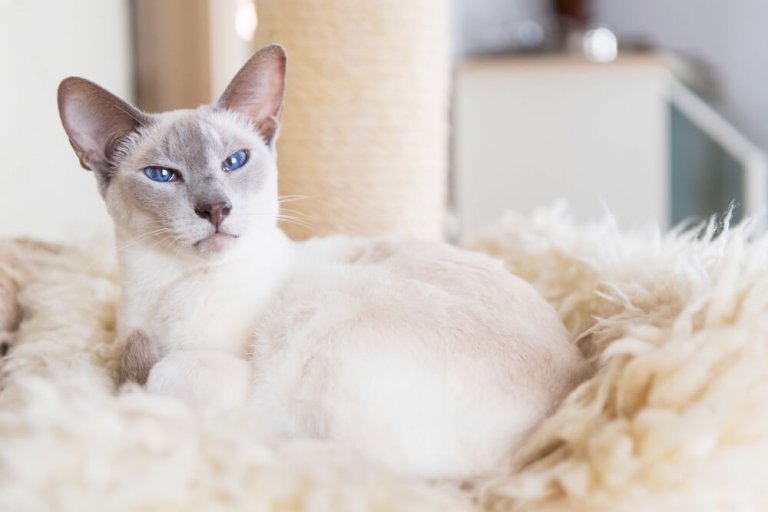
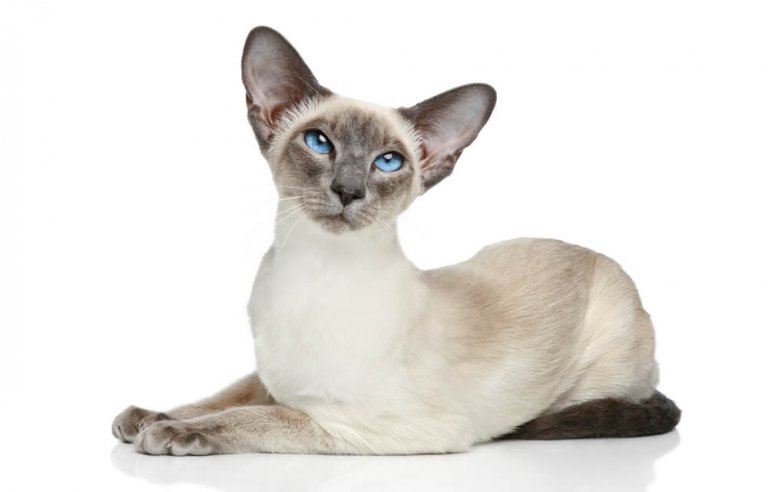
Care
Nutrition
Grooming
Exercise
Health
The Siamese cat has no special nutritional needs, however it is vital to offer a high-quality diet that is appropriate for your cat's life stage. A diet that is high in protein and low in carbohydrates can help prevent obesity, particularly later in life.
Thanks to their short, single layer coats, Siamese cats are very easy to care for. Simply give your cat a good rubdown with your fingers once or twice per week to remove any loose hair and cut back on shedding. In addition, you might want to use a chamois cloth or a silk scarf to polish your cat's coat to a gleaming shine.
Siamese cats are prone to periodontal disease, so make dental health a priority. You might be able to cut back on expensive dental cleanings by brushing your cat's teeth at home every day.
Last but not least, consider clipping your cat's claws. Siamese cats have a tendency to use their front paws like hands, getting into drawers and cupboards. Keeping their toenails clipped can help prevent damage to your furniture.
The Siamese is a naturally playful, active cat with a tendency to seek high places. Provide a tall cat tree to satisfy the natural urge to jump and climb, and take time out to offer interactive play sessions. Siamese cats enjoy all kinds of toys, particularly those that stimulate the mind. For example, a puzzle toy that dispenses treats is likely to be a favorite with any Siamese.
Siamese tend to be very healthy cats and many enjoy exceptionally long lives, often surviving into their 20s. Even so, there are several potential health concerns to be aware of including respiratory infections and a type of heart disease called hypertrophic cardiomyopathy.
Siamese are prone to central nervous system diseases, including psychogenic alopecia, a condition that leads to excessive grooming that causes hair loss. Some also suffer from feline hyperesthesia syndrome, which causes oversensitive skin.
Siamese cats are also more sensitive to anesthesia than other cats, meaning that surgical procedures can pose a higher risk.
Crossed eyes and kinked tails are two common issues for Siamese cats. Neither is serious, although crossed eyes can prevent the affected cat from enjoying good peripheral vision.
History
The Siamese cat is a natural aristocrat, originally bred in the kingdom of Siam, which we know as Thailand today. Because these cats were considered sacred in ancient Siam, only members of royalty and Buddhist monks were allowed to keep them.
The breed was first described in the ancient Tamra Maew manuscripts also known as The Cat-Book Poems, which was curated during the Ayutthaya Kingdom between 1351 and 1767.
When European dignitaries began visiting Siam in the 1800s, they were often impressed with the cats and as a gesture of goodwill, members of the Siamese royal family began offering Siamese cats as gifts. These cats made their way to Europe with their new families, quickly gaining popularity for their exquisite appearance and unique personalities.
In 1878, Bangkok’s American consul gave a Siamese cat named “Siam” to U.S. President Rutherford B. Hayes and First Lady Lucy Hayes. Siam was the first Siamese to reach America.
In 1884, British Consulate General Edward Blencowe Gould brought a breeding pair of Siamese cats to his sister, Lilian Jane Gould, who co-founded Britain’s Siamese Cat Club in 1901. Most British Siamese cats can be traced back to just 11 original imports.
The Cat Fanciers' Association (CFA) granted official recognition in 1906, making the Siamese one of the oldest pedigreed cat breeds in existence.
By the 1950s and 1960s, the Siamese had gained popularity worldwide. Today, the breed is accepted by all cat registries. Long-haired Siamese cats are typically registered as Balinese.
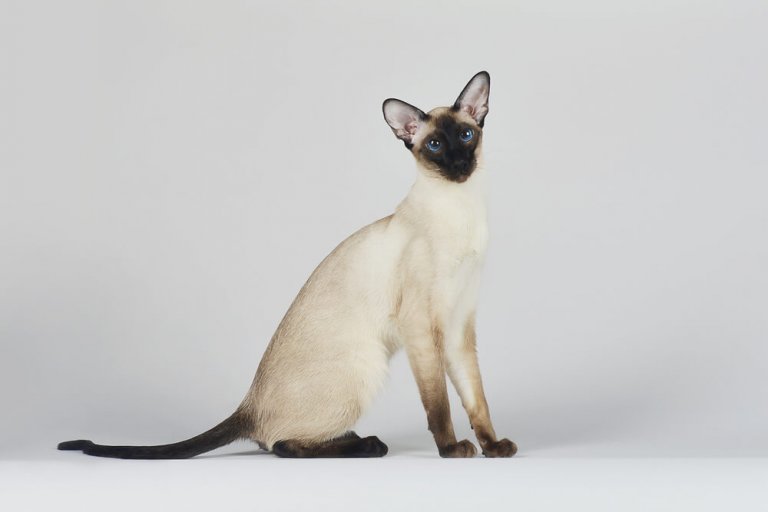
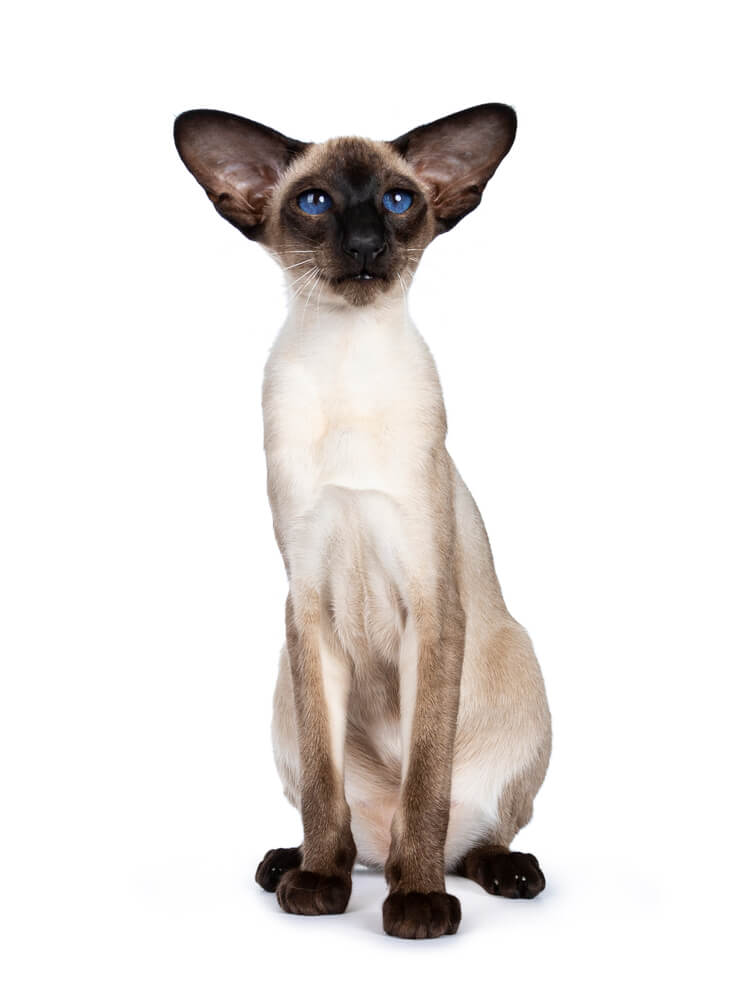
The Breed Standard
Eyes
Legs & Paws
Tail
The Breed Standard
Body
Head
Ears
Coat
Color
FAQ
How much does a Siamese cat cost?
Siamese cats cost between $600 - $1200.
How big do Siamese cats get?
Siamese cats tend to be small in size. A fully grown Siamese cat might weigh between 8-15 pounds or more and range in height anywhere from about 8"- 10" inches tall.
How long do Siamese cats live?
The Average lifespan for Siamese is 15-20 years.
Do Siamese cats shed?
Siamese are short-haired cats. Therefore, they do not shed as much as long-haired cat breeds.
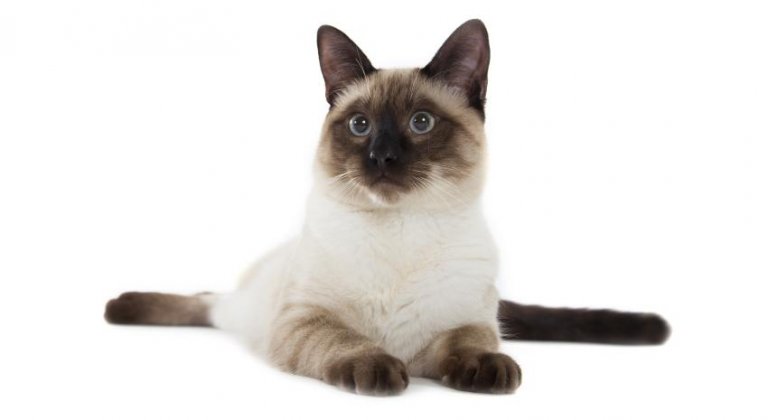
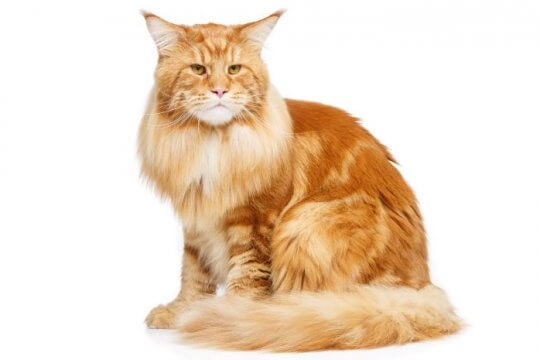
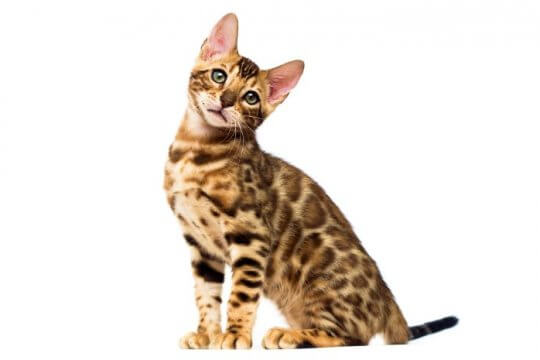
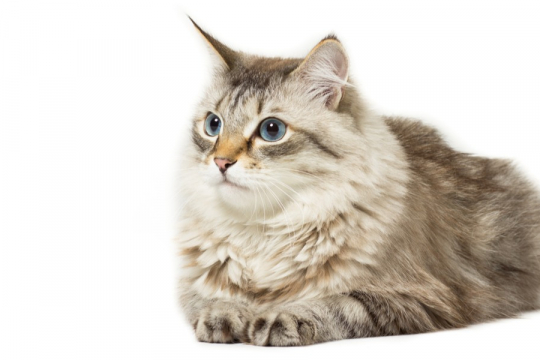
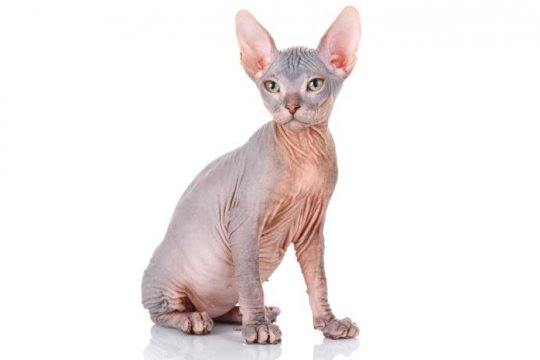
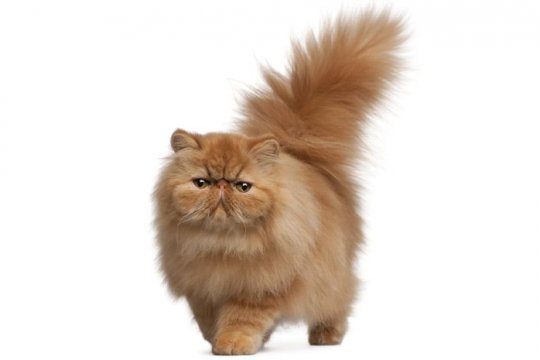
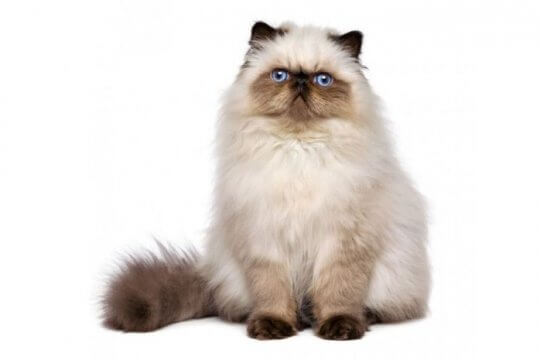
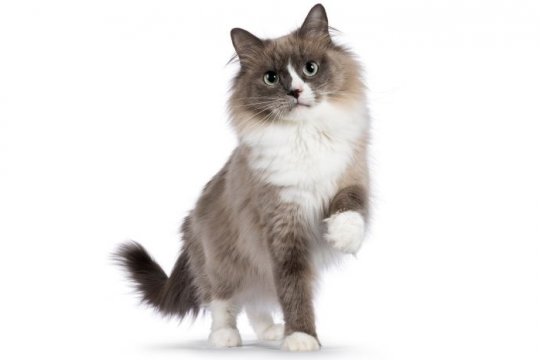
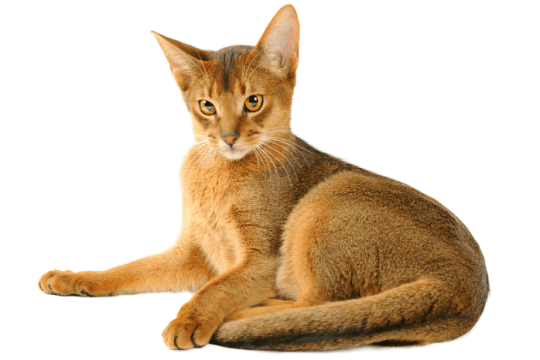
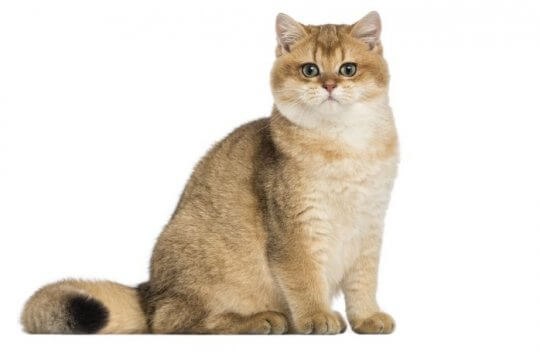

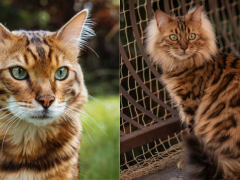

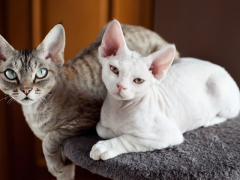
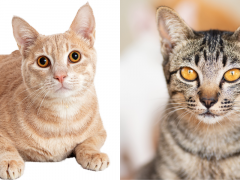
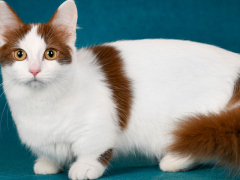

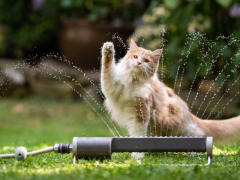
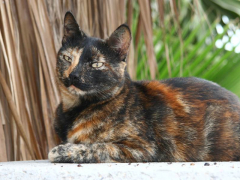

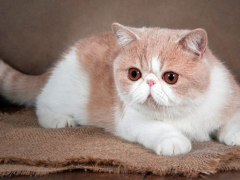
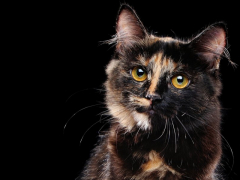
What’s a cool name for a male purebred Siamese kitten?
My Siamese is extremely large she is not ey sociable and her coat is chocolate from the shoulders down her tail is very long and she is quite vocal she doesn’t get along with other cats but she had a love affair with my multese since he passed she is not so affectionate is shea true siemese she was all white as a kitten
She sounds lovely! Thanks for sharing, Lily 🙂
I adopt a Siamese cat a week ago. I’m worried because she isn’t playful. She hides a lot from me and my daughter. She doesn’t play with her toys and she only eats when my daughter puts her to her plate. Any suggestions on what we can do?
Hi Tris, it sounds like your new kitty is most likely just taking a bit of time to settle into the home and family, but you should have her see a vet to confirm that she’s healthy. Assuming that everything looks okay, you can follow the steps in our guide to helping a new cat feel at home in 8 steps.
Do cats bite and pin down another cat of the same breed in the household because the one being attacked is sick? My siamese cats are both males and 17 years old. Have had them from kittens. However, now the larger cat has been very mean and aggressive at times to the smaller one, biting his neck and pinning him down until he screams. Is the smaller cat maybe sick?
Hmm, that’s a good question. I haven’t been able to find an indication that cats will take advantage of the weakness associated with illness, though it does seem like there has been some change in the social hierarchy here. Since they’ve presumably gotten along for the last 17-ish years and are suddenly having this problem, I’d point more towards a change in the bully cat’s mind than a change in the victim’s health. Have any other household dynamics changed? Any changes, like a house move, refurnishing or remodeling, new family members, or even your own stress levels, could contribute to this shift. They are both pretty mature cats, so I also wonder if (sadly) the older cat may be dealing with dementia..this can cause anxiety and aggression in cats. I hope all is well with both of your kitties, at any rate.
My Siamese is a DSH they are all black but seem to have all the chartrists of the pointed ones. Is it just because they are mixed bread that they are all Black?
Not sure what you mean! Is your cat Siamese or a DSH (domestic shorthair)? It sounds to me like your cat is simply a shorthaired black moggy. Many cats will share some traits with Siamese cats, but that doesn’t mean that they are related to the Siamese at all.
Met my first Siamese when I was 10….fell in love. Only Siamese for me. Got my first Seal Point kitten 39 years ago. He was beautiful, loving, cuddly, playful and curious. Had several loving Siamese rescues since, one we thought was Lynx point Siamese, turned out to be Siberian. Broke my Siamese only, but he was very sweet. Our current Meezer, now 3, came to us at about 8 months, and had been passed through 3-4 homes. He had been trained, hopefully unintentional, to bite and attack to play or to get what he wants, therefore none kept him. Loves dogs, not so much other cats, and fears people he doesn’t know. He is still unlearning those behaviors, be we are making progress. People adopting Siamese must understand them first. Besides beautiful, Siamese are very intelligent, demanding, overly curious, easily bored, talkative and sometimes argumentative, energetic – very well known for frequent ‘zoomies’. We also love our dogs and our Siamese have always been a good match with them. Our current loves leash walking, alone or with the dogs, and gone on many hikes while camping. Siamese are absolutely the best from the feline world!
I have a Manx and Siamese cross, she is independent/dependent and quite curious especially with any task I am doing. Mila can be very stubborn when she wants to do something and its hard to persuade her not to do something. Has been dog trained so she does more dog behavior but she is still a cat. I can’t imagine life without her.
My beloved Siamese, Mufasa, rules me with an iron paw, and takes shocking advantage of it. I adore him, and he knows it.
My Siamese is on the large side, 25″ long, 17″ tall and 22lbs. People fawn over him not only for his beauty but his impressive size. He has a few tricks he likes to show off – his favorite is catching treats thrown to him. Am very lucky to be able to be with him almost 24/7. A Siamese can be the best cat companion!
Sounds absolutely stunning. Lucky you—be sure to give him some extra appreciation today.
My husband and I had a Siamese Seal Point during our early marriage! He was intelligent, vocal and very loving. Enjoyed company when they visited, too.
Nice! Thanks for sharing.
acts like a dog, is cute though.